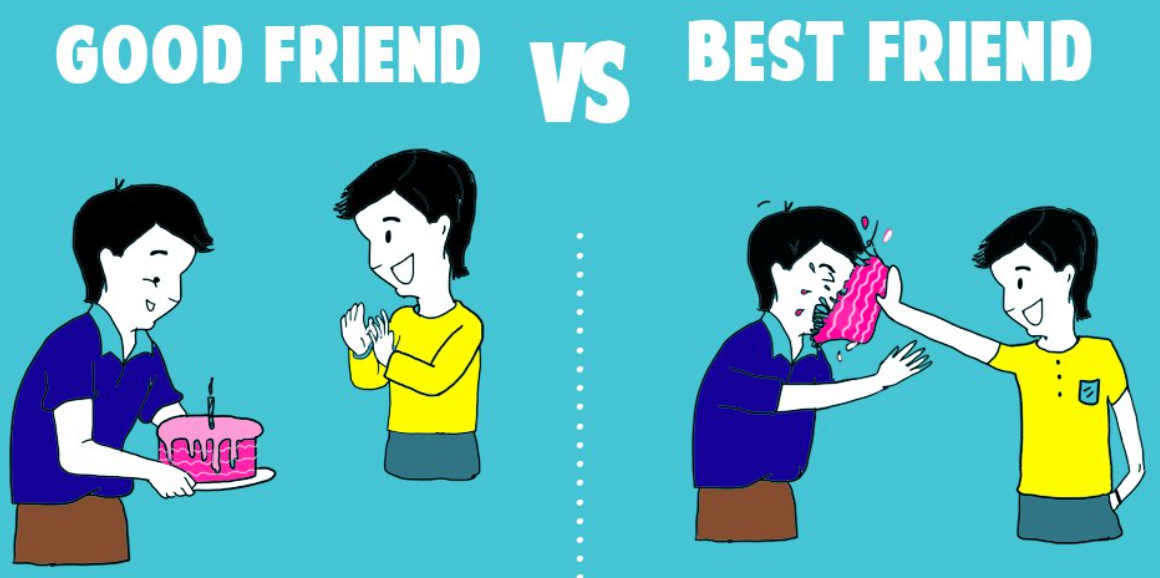Understanding Left and Right-Wing Political Perspectives
To grasp the political spectrum fully, it’s essential to comprehend both left- and right-wing perspectives. Many individuals and politicians adopt a middle ground, blending ideas from both sides. Liberal and progressive principles are associated with the left, while conservative and traditional ones are linked with the right.
Political Discourse:
Political discourse revolves around the disparities between left-wing and right-wing beliefs. Right-wing philosophy prioritizes individualism, limited government involvement, and free-market capitalism, emphasizing traditional values and national identity. In contrast, left-wing ideology advocates collectivism, social equality, and active government participation in societal issues, focusing on progressive laws and social justice.
Blend of Ideologies:
Political beliefs aren’t rigid; people often hold a mix of liberal and conservative ideas. Despite apparent opposition, understanding their approaches to social ideals, economic policies, and governance is crucial for informed discourse and societal progress.
Table of Differences between Left-Wing and Right-Wing in Politics
| Characteristic | Right-Wing | Left-Wing |
|---|---|---|
| Government Role | Advocates for limited government intervention | Supports more government involvement in social and economic issues |
| Economic Policy | Emphasizes free market principles and capitalism | Favors wealth redistribution and social welfare programs |
| Social Issues | Tends to be conservative on social issues | Supports progressive social policies and equality |
| Individual Rights | Emphasizes individual rights and personal responsibility | Advocates for collective rights and social justice |
| Foreign Policy | May prioritize national security and defense | Emphasizes diplomacy and international cooperation |
| Environmental Policy | May prioritize economic growth over environmental concerns | Supports environmental protection and sustainability |
| Role of Tradition | Values tradition and cultural norms | Open to challenging traditional norms for progress |
| Equality | Emphasizes equality of opportunity | Strives for equality of outcome |
| Approach to Change | Prefer gradual or incremental change | Advocate for more rapid or revolutionary change |
| Role of Religion | May have closer ties to religious institutions | Supports secular governance and separation of church and state |
Exploring Right and Left-Wing Ideologies
Right Wing:
Right-wing politics align with conservatism and traditionalism, promoting free-market capitalism, individual liberty, and minimal government intervention. Preservation of traditional values and social structures is paramount, as is advocating for lower taxation, deregulation, and a robust national defense.
Left Wing:
Left-wing ideology reflects liberal or progressive governance, advocating for social equality, government economic involvement, and programs addressing social and economic disparities. It challenges established social institutions, emphasizing equitable opportunities, social justice, and economic redistribution.

Key Disparities Between Left and Right-Wing Views
Economic Policies:
Right-wing ideologies favor minimal government interference and free-market capitalism, while left-wing ideologies support more government regulation and reducing income disparity.
Social Issues:
Left-wing ideologies prioritize social justice and the challenge of established power systems, whereas right-wing ideologies emphasize traditional values and social hierarchies, influencing stances on issues like immigration and LGBTQ+ rights.
Individual vs. Community:
Left-wing ideologies place a higher priority on communal responsibility and social equality than right-wing ideas do.
Governmental Function:
While left-wing ideologies often favor a stronger government that actively handles social concerns and provides social services, right-wing ideologies typically call for a smaller government with less involvement in people’s lives.
Summary of Left-Wing and Right-Wing Ideologies
Proficiency in political discourse necessitates understanding the nuances between left and right-wing ideologies. While these frameworks offer a broad classification, it’s crucial to recognize the diversity of beliefs. Insight into these distinctions fosters a deeper understanding of political ideas, facilitating mutual understanding and practical solutions to societal challenges.



